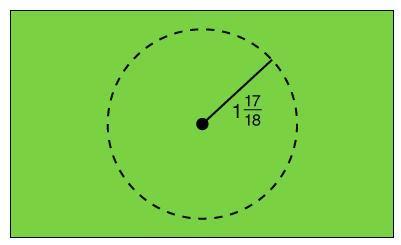
Mathematics, 22.04.2020 17:19, coolkitty35
You take a 325 milligram dosage of ibuprofen. During each subsequent hour, the amount of medication in your bloodstream decreases by
about 29% each hour.
a) In the first blank, write an exponential decay model giving the amount of ibuprofen y (in milligrams) remaining in your bloodstream t hours
after the initial dose.
(Enter your equation without spaces, with parentheses around the b value, and using a caret for the
exponent, such as y=3(1.25)^t.)
b) In the second blank, estimate how long it takes for you to have 100 milligrams of ibuprofen in your bloodstream, rounding to the nearest
tenth: about
hours.

Answers: 1
Other questions on the subject: Mathematics

Mathematics, 21.06.2019 15:30, nicpinela1234
The coordinates of a, b, and c in the diagram are a(p,4), b(6,1), and c(9,q). which equation correctly relates p and q? hint: since is perpendicular to , the slope of × the slope of = -1. a. p - q = 7 b. q - p = 7 c. -q - p = 7 d. p + q = 7
Answers: 3


Mathematics, 22.06.2019 04:50, majorsam82
Solve the proportionx+1 14 = x-1 20 a. -3/17 b.10/7 c.7/10 or d. -17/3
Answers: 1

Mathematics, 22.06.2019 06:30, natachalebrun2
Reyna has 3 dimes (worth 10 these coins at random, what is the probability that the two coins together least 35 cents? cents each) and 6 quarters (worth 25 cents each). if she chooses two of will be worth at
Answers: 1
Do you know the correct answer?
You take a 325 milligram dosage of ibuprofen. During each subsequent hour, the amount of medication...
Questions in other subjects:







Health, 12.02.2020 03:17


Mathematics, 12.02.2020 03:17







